Written by: Amna Javed
Posted on: August 25, 2015 | 
Kund Malir Beach
The Sonmiani Beach, a two-hour drive from Karachi, is a popular tourist destination. The beach, home to Portuguese Man of War and numerous other kinds of fish, attracts many local and foreign tourists due to its unique delicacies. However, a major attraction for those visiting Balochistan is the Hingol National Park. Spread over an area of 1650 square kilometers, the park lies within sections of district Lasbela, Gwadar and Awaran. Hingol National Park is the largest National Park in Pakistan. Tourists, while travelling on the Makran Coastal Highway, would not only realize that the route is secure, but also cruising the flat, paved road amidst spectacular mountains would be a memorable experience.
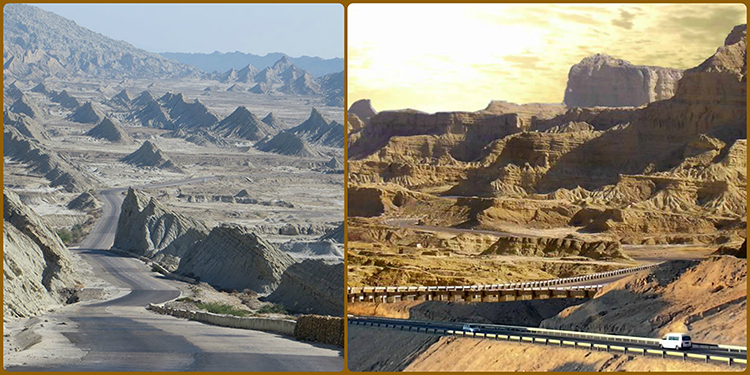
Balochistan is Pakistan’s largest province in terms of landmass, but is home to only five percent of the country’s booming population; thus, the journey would surely be isolated. The clear blue sky, without any sort of smoke and pollution, only adds to the naked beauty of the landscape. What truly stands out in this remarkable journey would be the rocky surroundings; and the ride along the Highway would be a visual treat for the tourists.
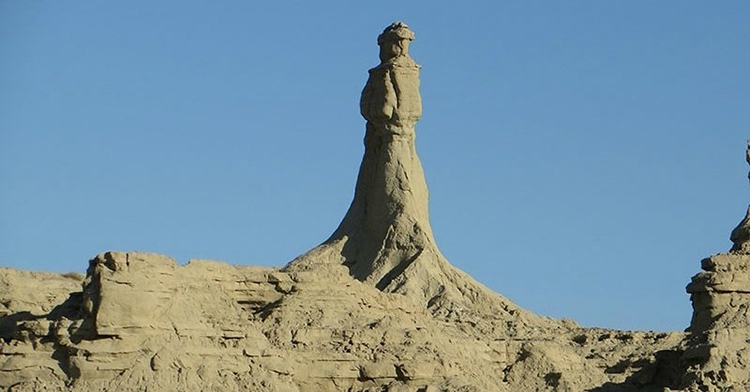
The ‘Princess of Hope’ – a natural rocky formation near the Buzi pass – is an impressive sight and one that all visitors must see. At a short distance from the princess, a mysterious sphinx stares haughtily into horizon. Shaped by nature, the sphinx is also as impressive as the crowned princess, if not more. Another place to watch out for in the Hingol National Park is the Hinglaj Temple (Nani Mandir), which is considered to be one of the oldest temples in the world, and an important place of pilgrimage for the Hindu population in Sindh.
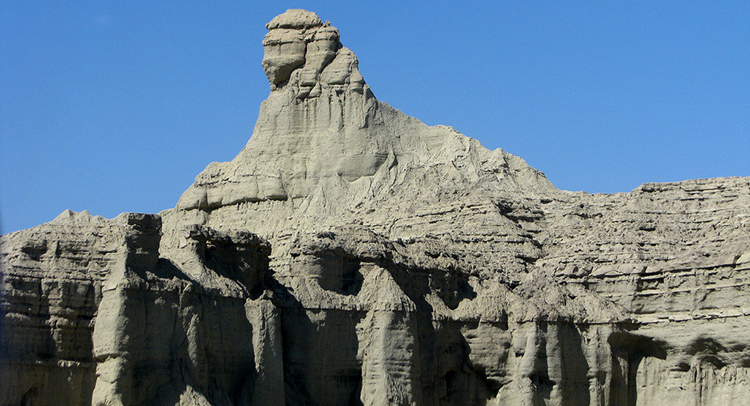
The scenery while travelling towards the temple is breathtaking. The river flowing between the magnificent hills complements the visuals and would leave anyone in awe. Gloating over one of the most delightful landscapes in the country, the Park is also the most exotic and hospitable place in the country; however, it is devoid of any wildlife. The park can be utilized to provide the much-needed boost to Pakistan’s dying tourism industry. Teeming with mud volcanoes, rugged rock formations and an adjacency to the beach ensures that it is a place hard to miss.
Moving out of the Hingol National Park, we then reach Ormara, an old coastal city in Balochistan. While fleeting towards Gwadar, Ormara lies at the midpoint between the two port towns. The place holds historic value as Alexander the Great stayed here with his army for a few days while on his way back from the Indus region after winning the lands of Sindh, Punjab and the KPK. After Ormara, the Highway finally reaches its destination, i.e. the port city of Gwadar.
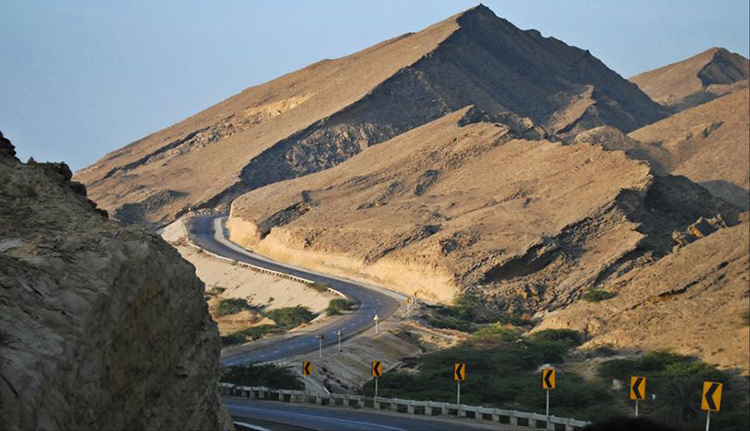
Gwadar is Pakistan’s warm-water deep-sea port. The main purpose of building the China-Pakistan Economic Corridor is to connect the city of Gwadar to the Chinese province of Xinjiang. Once complete, the port will become a major hub for trade in the region. Located just outside the Strait of Hormuz, Gwadar provides easy connectivity to major strategic areas. The connectivity would provide instant boost to the trade activity in the country as well as the entire region. This increase in trade and economic activity would also guarantee the progress of the resource-rich, but under developed, province of Balochistan. Although our series, “Journeying down the Silk Road” ends here in the port city of Gwadar, the new development that is being initiated here opens a multitude of opportunities, and promises a better future for the country.
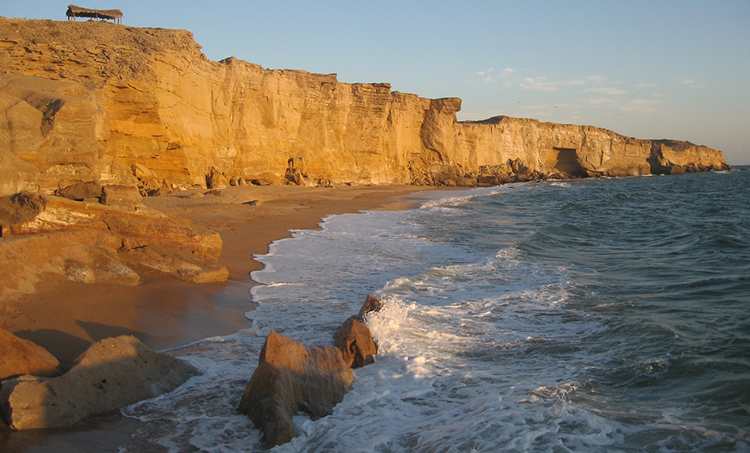
You may also like: